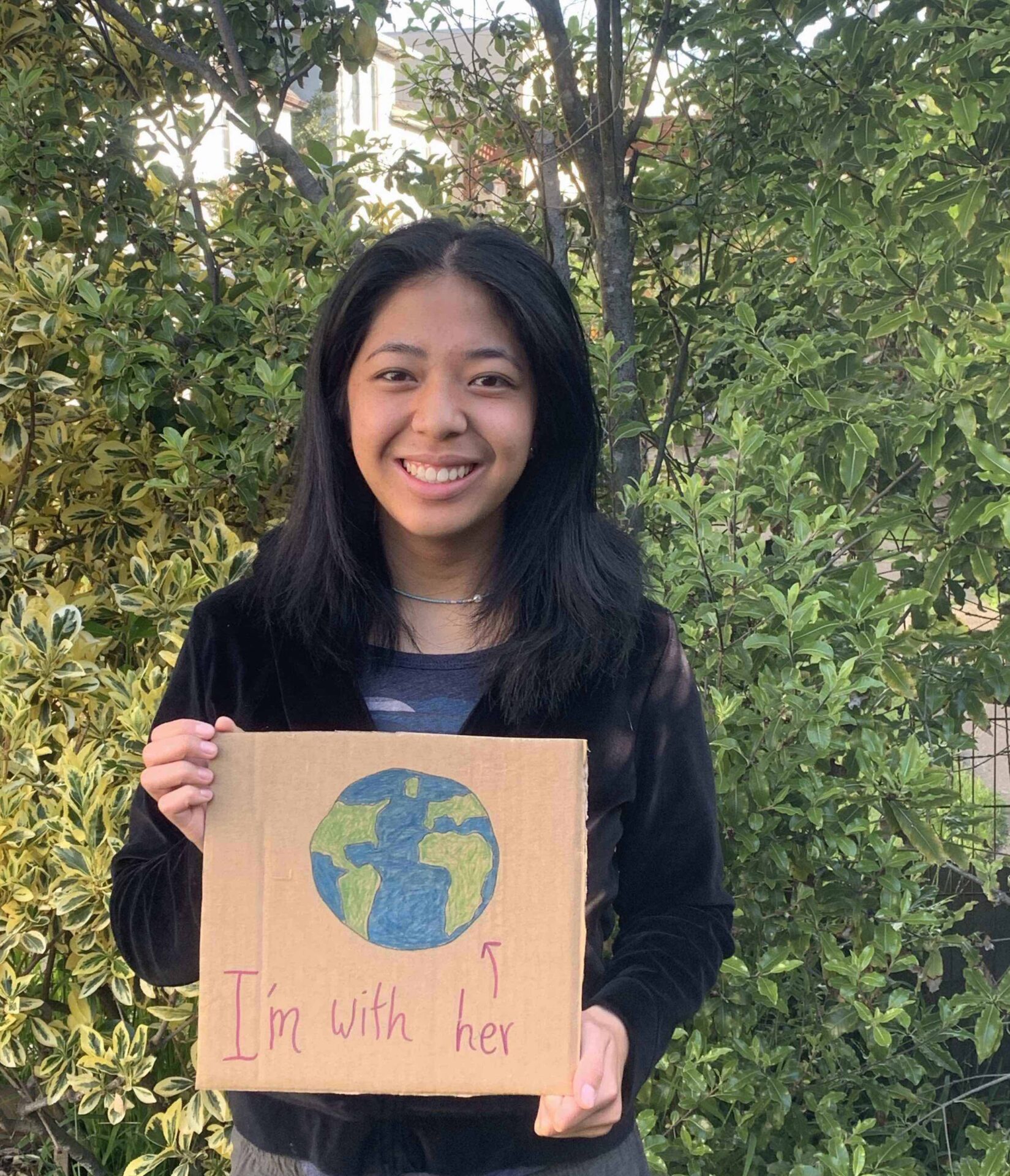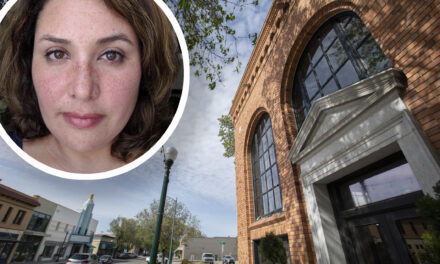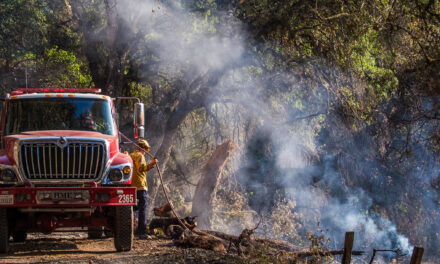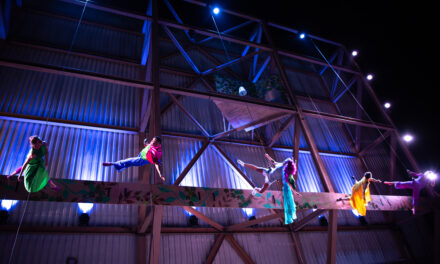Conversations With Two Bay Area Youth Climate Activists

Oona Clark, who came to Bay Area Youth Climate Summit after working with Sunrise Movement and providing voter education on the Green New Deal, knows how inaccessible activism can feel. “I didn’t know where to start, and I think that’s one of the biggest obstacles for youth activists,” says the 17-year-old. She encourages budding activists to look inwards. “Find your niche. Figure out what you’re good at, what you want to do. There’s going to be a way you can apply it.”
Through the Summit, Clark is working to break down the barriers that keep youth from joining the movement. “Not everybody has to be Greta Thunberg. If you can only devote one hour a week that’s fine. There’s so many people behind each power activist—and you can be one of those people,” she says.
For Clark, the importance of intersectionality in the climate movement is always top of mind. “I view the climate crisis as very important and that’s what I want to be directly involved in. But all these systemic issues like racism and sexism are connected, so wherever you are, whatever your passion is, it’s all important right now.”
After originally discovering the event on Instagram, Natalie Tam helped plan last year’s youth climate summit. While she may have connected online, Tam’s motivation to fight for the planet comes from her offline experiences. “I love to go to Ocean Beach and look at the water and the Marin Headlands, and think about how beautiful our planet is, and the fact that we only have one home.”
As a youth activist, Tam feels heard and supported within her school by teachers and administrators, but has observed that many adults resist change because they find it uncomfortable.
She has learned that the best way to encourage people to adopt more sustainable lifestyles is to make alternatives approachable. “A lot of people think it’s out of their control, like I’m just one person and I don’t matter. But really there is so much power in individual change, and you can use your actions—from what companies you support and what food you buy—to create another world.”
First published in RARA Review, April 2021.
Other Recent Posts
Assistant Editor Job Announcement
Part time freelance job opening with Bay Area climate resilience magazine.
Training 18 New Community Leaders in a Resilience Hot Spot
A June 7 event minted 18 new community leaders now better-equipped to care for Suisun City and Fairfield through pollution, heat, smoke, and high water.
Mayor Pushes Suisun City To Do Better
Mayor Alma Hernandez has devoted herself to preparing her community for a warming world.
The Path to a Just Transition for Benicia’s Refinery Workers
As Valero prepares to shutter its Benicia oil refinery, 400 jobs hang in the balance. Can California ensure a just transition for fossil fuel workers?
Ecologist Finds Art in Restoring Levees
In Sacramento, an artist-ecologist brings California’s native species to life – through art, and through fish-friendly levee restoration.
New Metrics on Hybrid Gray-Green Levees
UC Santa Cruz research project investigates how horizontal “living levees” can cut flood risk.
Community Editor Job Announcement
Part time freelance job opening with Bay Area climate resilience magazine.
Being Bike-Friendly is Gateway to Climate Advocacy
Four Bay Area cyclists push for better city infrastructure.









